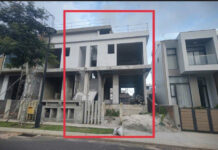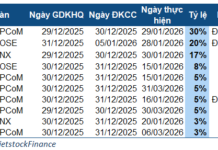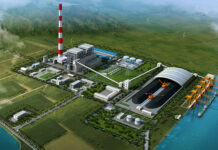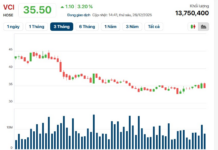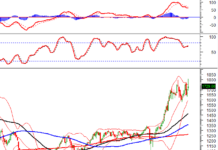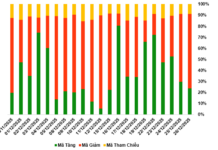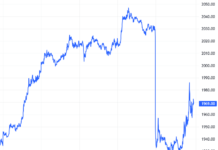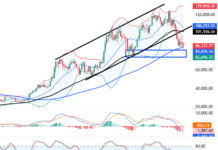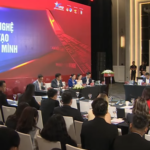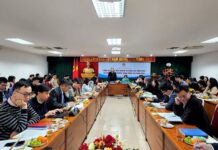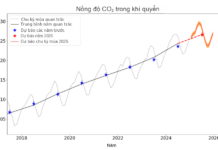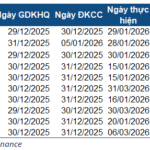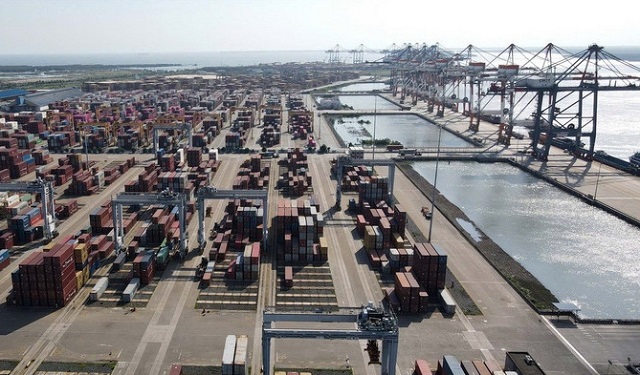
Containers at Cai Mep Port, Vietnam. (Photo: Doan Manh Duong/TTXVN)
|
As Vietnam solidifies its position as a manufacturing and logistics hub in the Asia-Pacific region, its seaport system plays a pivotal role in enhancing the competitiveness of the industrial real estate market.
The surge in global trade and supply chain shifts has opened significant opportunities for Vietnam’s logistics and industrial real estate sectors.
A Bright Spot in Logistics
Experts highlight Vietnam’s strategic advantage in the global supply chain restructuring trend. With a 3,200 km coastline, abundant labor, competitive costs, and improving logistics infrastructure, Vietnam is well-positioned.
As global enterprises prioritize supply chain flexibility and resilience, Vietnam has become an attractive destination for manufacturers and logistics investors.
Vietnam is leveraging its geography and infrastructure to attract investment. “Deep-water ports are critical in global manufacturers’ location strategies,” notes Thomas Rooney, Deputy Director of Industrial Real Estate Services at Savills Hanoi.
In the North, Lach Huyen deep-water port (Hai Phong) is a key trade gateway for the Northern Key Economic Region. It connects goods from Hai Phong, Bac Ninh, Quang Ninh, and Thai Binh to international markets.
In the South, the Cai Mep-Thi Vai and Cat Lai port clusters serve major industrial zones in Dong Nai, Binh Duong, Ba Ria-Vung Tau, and Ho Chi Minh City. Cai Mep-Thi Vai can handle vessels over 200,000 DWT, reducing transshipment costs, Rooney adds.
Upgrades and new projects are expanding national port capacity. In early 2025, the Prime Minister approved the Can Gio International Transshipment Port project, a $2.3 billion joint venture between Saigon Port and MSC’s Terminal Investment Limited Holding S.A.
The Lien Chieu Port (Da Nang), expected by late 2025, will be a key logistics hub for goods from the Central Highlands, Laos, and Northeast Thailand.
According to Nguyen Hoai An, Senior Director at CBRE Vietnam, deep-water ports like Cai Mep-Thi Vai, Lach Huyen, Can Gio, and Lien Chieu will shorten shipping times to the US and Europe, reducing reliance on foreign transshipment ports—a breakthrough for sustainable logistics and industrial real estate growth.
Industrial real estate investors now prioritize locations with direct port access, trade corridors, and key transport routes over land availability or rental costs.
Ports will be a “magnet” for investors if supported by integrated logistics infrastructure and favorable policies, An emphasizes.
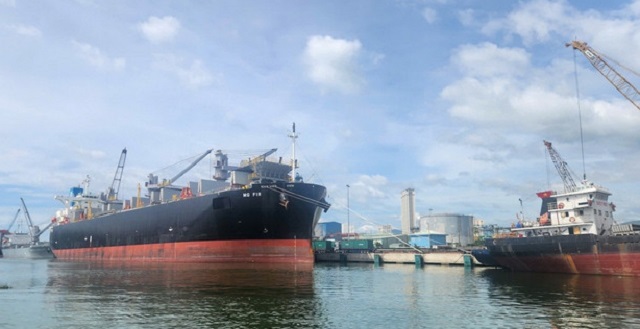 Gia Lai will focus on developing seaports and logistics in the coming years. (Photo: Sy Thang/TTXVN)
|
Logistics Growth Drives Industrial Real Estate
Port development is driving industrial real estate demand, especially near deep-water ports.
Areas like former Ba Ria-Vung Tau, Hai Phong, Quang Ninh, Thanh Hoa, and Da Nang are emerging as manufacturing hubs due to logistics advantages, competitive rents, and improving infrastructure.
Secondary coastal provinces are attracting investors with large land banks, low costs, and long-term potential.
However, Thomas Rooney notes that some provinces lack adequate logistics infrastructure, including Grade-A warehouses, cold storage, and weak inland waterway/rail connections.
Poor “last-mile” connectivity between industrial zones and ports increases logistics costs, reducing competitiveness. Central and Central Highlands regions still lack integrated logistics support, Rooney analyzes.
Proximity to ports and efficient logistics corridors are top priorities for manufacturers, experts agree.
This trend is driving port-adjacent industrial zone development, reducing transport times, costs, and improving supply chain efficiency.
New industrial zones near Cai Mep Port and in Hai Phong/Quang Ninh (North) are favored over Hanoi due to port access and faster customs clearance.
Administrative reforms merging inland provinces with coastal areas have improved access to ports and logistics infrastructure, shortening supply chains and boosting exports.
Jean-François Roger, an independent logistics expert, advises Vietnam to develop integrated port-industrial zone-logistics clusters with modern management. This would reduce logistics costs (currently 16-20% of GDP) and improve supply chain efficiency.
While Vietnam is investing in key ports, faster improvements in cargo handling, digital customs, and multimodal transport (rail, inland waterways) are needed, Roger says.
To become a regional logistics and manufacturing hub, Vietnam must continue infrastructure investment and policy reforms.
This includes integrated port-industrial zone planning, expanding highways, railways, and inland waterways, developing skilled logistics talent, and digitalizing warehouses, e-customs, and smart logistics systems.
For sustainability, Vietnam should adopt “green port” models using renewable energy and ESG standards, increasingly important to global investors.
Vietnam has a major opportunity to reshape its role in global supply chains. Maximizing port advantages requires coordinated efforts from central/local governments and private sectors to develop modern, sustainable, and efficient infrastructure, logistics, and industrial real estate.
Thu Hang
– 08:32 15/09/2025
FPT CEO: Businesses Lagging Behind Government in Digital Transformation Era
At the session titled “Science, Technology & Innovation – The Momentum to Soar,” part of the Vietnam Private Economic Forum 2025 on September 15th, Mr. Nguyen Van Khoa, CEO of FPT Corporation, shared insightful perspectives and notable proposals for businesses.
iPhone 17 Pro Universe Orange Edition Sells Out in Vietnam: Stunning Real-Life Photos Revealed
On September 19th, the highly anticipated iPhone 17 series officially launched in Vietnam. Amidst a host of valuable upgrades, one feature has captured everyone’s attention: the stunning new Cosmic Orange color for the iPhone 17 Pro.







